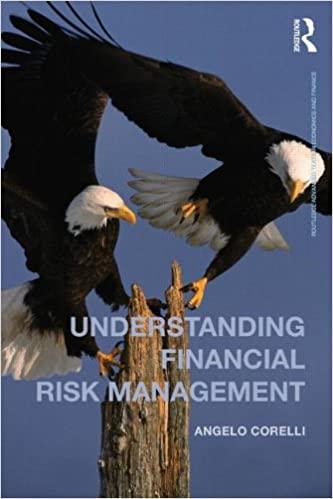
I
(Bond valuation) You own a bond that pays $110 in annual interest, with a $1,000 par value. It matures in 10 years. Your required rate of return is 10 percent. a. Calculate the value of the bond. b. How does the value change if your required rate of return (1) increases to 16 percent or (2) decreases to 8 percent? c. Explain the implications of your answers in part (b) as they relate to interest rate risk, premium bonds, and discount bonds. d. Assume that the bond matures in 3 years instead of 10 years. Recompute your answers in part (b) e. Explain the implications of your answers in part (d) as they relate to interest rate risk, premium bonds, and discount bonds. a. If your required rate of return is 10 percent, what is the value of the bond? $(Round to the nearest cont.) b. What is the value of the bond if your required rate of return increases to 16 porcent? (Round to the nearest cent.) What is the value of the bond if your required rate of return decreases to 8 percent? (Round to the nearest cent.) C. Based on the answers in part (b), a decrease in interest rates (the required rate of retur) will cause the value of a bond to (Select from the drop-down menus.) by contrast, an increase in interest rates will cause the value to increase Also, based on the answers in part (b), if the required rate of retum (current interest rate) (Select from the drop-down menus be unchanged 1. Equals the coupon interest rate, the bond will sell at 2. Exceeds the bond's coupon rate, the bond will sell at decrease (Bond valuation) You own a bond that pays $110 in annual interest, with a $1,000 par value. It a. Calculate the value of the bond. b. How does the value change if your required rate of return (1) increases to 16 percent or (2) c. Explain the implications of your answers in part (b) as they relate to interest rate risk, premi d. Assume that the bond matures in 3 years instead of 10 years. Recompute your answers in e. Explain the implications of your answers in part (d) as they relate to interest rate risk, premi c. Based on the answers in part (b), a decrease in interest rates (the required rate of return) (Select from the drop-down menus.) Also, based on the answers in part (b), if the required rate of return (current interest rate): (S 1. Equals the coupon interest rate, the bond will sell at 2. Exceeds the bond's coupon rate, the bond will sell at 3. Is less than the bond's coupon rate, the bond will sell at d. Assume the bond matures in 3 years instead of 10 years par What is the value of the bond if your required rate of return a discount $ (Round to the nearest cent.) a premium What is the value of the bond if your required rate of return increases to 16 percent? $ (Round to the nearest cent.) Enter your answer in each of the answer boxes e. Explain the implications of your answers in part (d) as they relate to interest rate risk, premium bonds, and discount bonds 1. Equals the coupon interest rate, the bond will sell at 2. Exceeds the band's coupon rate, the bond will sell at 3. Is less than the bond's coupon rate, the bond will sell at d. Assume the band matures in 3 years instead of 10 years What is the value of the bond if your required rate of return is 10 percent? $ (Round to the nearest cont.) What is the value of the bond if your required rate of return increases to 16 percent? $ (Round to the nearest cont.) What is the value of the bond if your required rate of return decreases to 8 percent? SU (Round to the nearest cent.) greater ame smaler o. From the findings in part (d), we can conclude that a bondholder owning a long-term bond is exposed to interest rate risk than one owning a short-term bond (Select from the drop down menu.)
 I
I 








